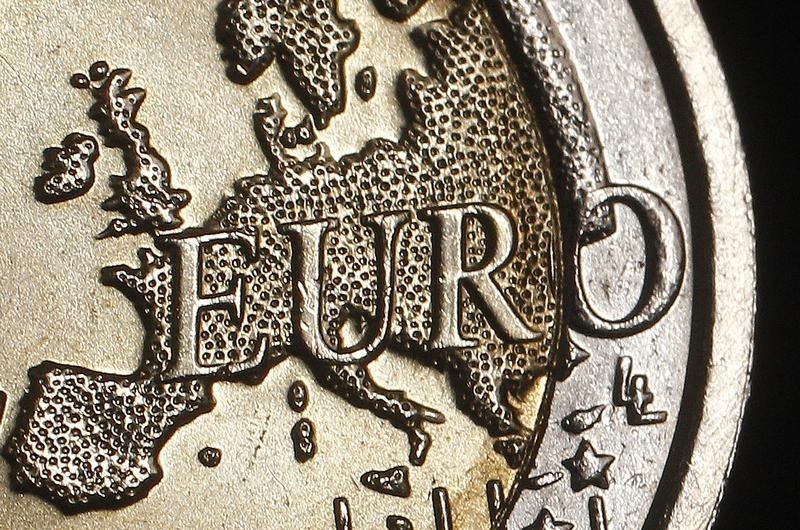Investing.com - The euro rose to session highs against the dollar on Monday after reports showing that euro zone consumer prices didn’t fall as quickly as expected last month and the region’s jobless rate ticked down to a 33-month low in January.
EUR/USD was last up 0.19% to 1.1215, recovering from one-month lows of 1.1159 struck overnight.
The single currency found support after Eurostat reported that the annual rate of consumer inflation declined 0.3% in February, better than forecasts for a drop of 0.4%, following a 0.6% decline the previous month.
The report said the decline was mostly due to falling energy prices, with service sector prices rising by 1.1% and food, alcohol and tobacco prices increasing 0.5%.
Core inflation, which strips out food and energy costs, was unchanged from January at 0.6%.
Another report showed that the euro zone’s unemployment rate fell to 11.2% in January, down from 11.3% in December. It was the lowest level since April 2012.
EUR/JPY climbed 0.34% to 134.35 following the release of the data, off session lows of 133.66.
The euro was also higher against the pound, with EUR/GBP up 0.39% to 0.7276, rebounding from a seven-year trough of 0.7238 struck overnight.
In the U.K., data on Monday showed that activity in the factory sector rose to a seven-month high last month, indicating that the economic recovery is picking up after slowing at the end of last year.
The Markit manufacturing purchasing managers’ index rose to 54.1 in February from 53.1 in January. Economists had expected the index to tick up to 53.4.
The euro’s gains were held in check as investors turned their attention to the upcoming European Central Bank meeting on Thursday, where it was expected to announce details of its quantitative easing program.
The U.S. dollar index, which measures the greenback’s strength against a trade-weighted basket of six major currencies, was last at 95.25, not far from Friday’s one-month highs of 95.54.
